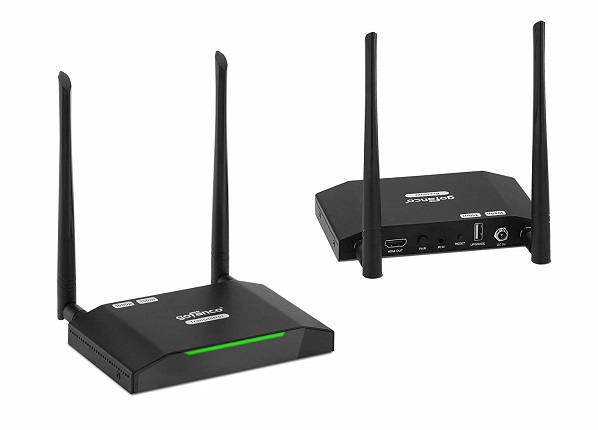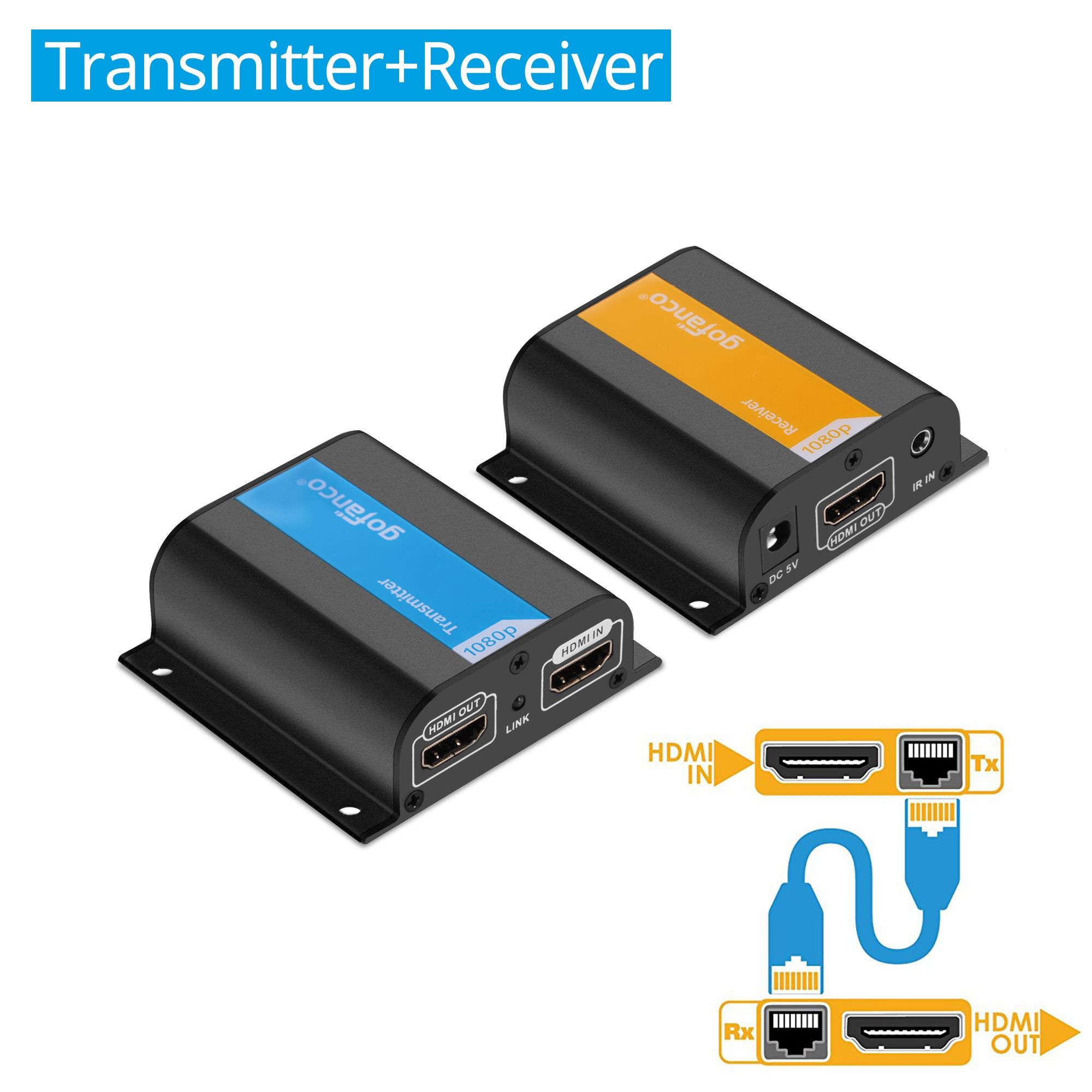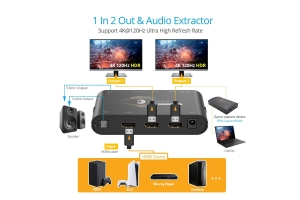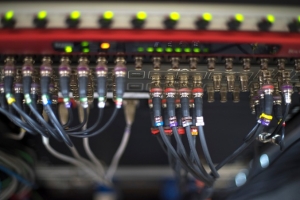We use cookies to make your experience better. To comply with the new e-Privacy directive, we need to ask for your consent to set the cookies. Learn more.
Monthly Archives: February 2019
- Read more »
You just learned using an HDMI extender, AKA “Balun”, is the most cost-efficient way to extend HDMI video and audio to remote and distant locations. Now you’re scouring the internet for the right extender and come across a wireless HDMI extender. Sounds interesting.
What is a Wireless HDMI Extender?
Wireless HDMI involves transmitting HD video and audio from your source device, such as a cable box, Blue-Ray player, or laptop, to a TV, monitor, or projector, wirelessly. With a traditional HDMI extender, a transmitter and recei
- Read more »
How does an HDMI extender work?
Typical connections from an HDMI source such as a Blu-ray player or satellite box to an HDMI display would be an HDMI cable. Unfortunately, the downside to an HDMI cable is there is a limit to how far HDMI data can be transmitted. The theoretical limit is 50 feet, and it’s incredibly rare to find an HDMI cable over 25 feet. In addition, Longer HDMI cables can be pretty expensive.
The solution is to use an HDMI extender. These devices will convert the HDMI signal to something that can sustain the high bandwidth required over a longer distance. One of the most accessible transmission methods is using serial communication over Cat 5, 6 or 7 Ethernet cable. HDMI would be transported over Ethernet Cat 5e / 6 / 7 cables using an HDMI Extender over Cat cable. An HDMI Extender over Cat 5e / 6 / 7 cables consists of a Transmitter










